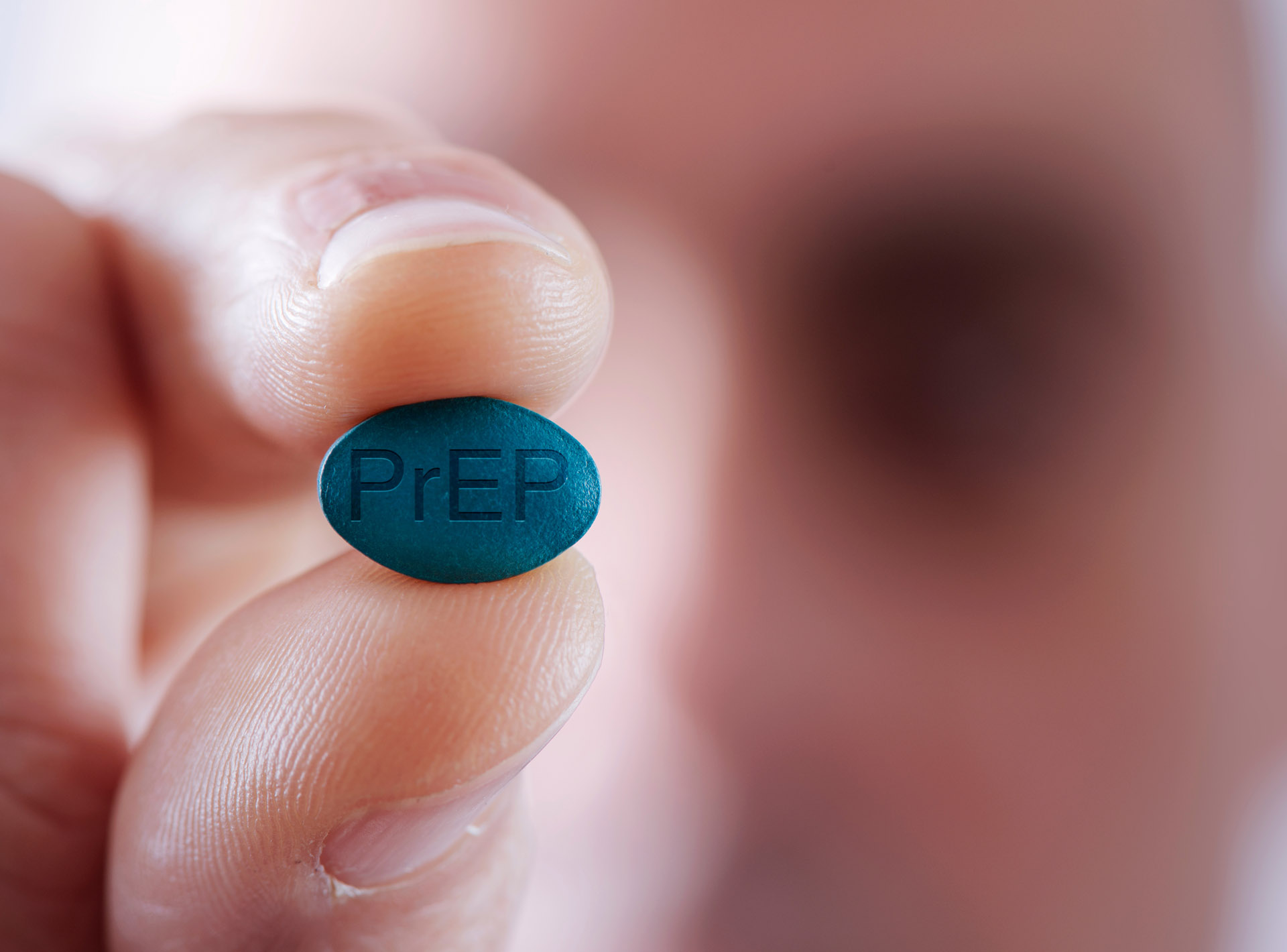 According to the latest report by UNSW’s Kirby Institute, the number of new Australian HIV cases almost halved over the last decade.
According to the latest report by UNSW’s Kirby Institute, the number of new Australian HIV cases almost halved over the last decade.
The HIV, viral hepatitis and sexually transmissible infections in Australia Annual surveillance report 2022, published August 30th, found that there were only 552 new cases of HIV diagnosed in Australia in 2021, a 48% reduction on 2012 and the lowest number since the beginning of the HIV epidemic.
At the end of 2021, an estimated 29,460 people in Australia were living with HIV, 91% of whom were diagnosed. Most new diagnoses still occurred in gay and bisexual men (68%) but had reduced by more than 52% since 2012, with a smaller, slower decline of 28% seen in heterosexuals.
Study co-author Dr Skye McGregor, from the Kirby Institute, said that the drop was due to a range of successful HIV prevention strategies, such as the scale-up of biomedical prevention tool PrEP (a pre-exposure prophylaxis antiretroviral treatment), which became available to eligible individuals on 1 April 2018 through the PBS.
“HIV has been declining in Australia since 2015 and this is the lowest number of cases recorded since the beginning of the HIV epidemic – Australia should be very pleased with this sustained downward trend in diagnoses,” Dr McGregor said.
“However, we need to consider these particularly low numbers in 2020 and 2021 within a context of changes to testing and sexual behaviour brought on by the COVID pandemic. There is evidence of a decrease in testing, a decrease in casual sexual partners, as well as a decrease in the movement of people in and out of Australia.
“As we emerge from the pandemic and return to pre-pandemic behaviours, it’s important to remember to re-adopt HIV prevention measures.”
For example, even though the number of Australians who had taken PrEP in the last three months tripled between April 2018 and December 2021, declines in use were reported across 2020 and 2021, coinciding with COVID related restrictions.
“Also, as HIV testing rates also return to pre-pandemic levels, it is possible we will see increases in the number of HIV diagnoses,” Dr McGregor said.
Co-author, Professor Martin Holt from the UNSW’s Centre for Social Research in Health (CSRH) explained that in 2021, 66% of HIV-negative gay and bisexual men reported having had an HIV test in the 12 months prior to the survey, down from 74% in 2019 – just before the start of the pandemic.
“We also know that in 2021, gay and bisexual men continued to report fewer sex partners than before COVID, and that HIV risk appeared to be lower,” Professor Holt said.
“Encouraging re-engagement with HIV testing and prevention remains vital, particularly as people become more sexually active again.”
Timely initiation of treatment is crucial and by the end of 2021, 92% of people diagnosed with HIV were on antiretroviral therapy, with 98% having achieved viral suppression, where the virus is no longer transmissible – including during sex.
However, almost half (48%) of new diagnoses in Australia were ‘late diagnoses’, meaning that the person may have been living with HIV for four or more years without knowing.
Mr Scott Harlum, the President of National Association of People with HIV Australia (NAPWHA) says that late diagnoses are more common among people who acquire HIV through heterosexual sex and has been estimated that nearly one in 10 people living with HIV are unaware they have it.
“These communities may not have perceived themselves to be at risk. It is very important that we normalise HIV testing among heterosexual people. If you are getting tested for sexually transmissible infections, you should test for HIV too,” Mr Harlum said.
“Early diagnosis is crucial to support the health of individuals, as well as prevent onward transmission.”
The report also found that HIV diagnoses remained very low among female sex workers and people who inject drugs, reflecting the ongoing success of HIV prevention programs targeting these populations.
“Australia is very fortunate to have low HIV rates among these populations. We need to ensure that health programs and services supporting these groups, such as needle and syringe programs and peer-led prevention programs for people engaged in sex work, are sustained,” Dr McGregor said.
“There is also more work to be done to challenge the stigma and discrimination experienced by these groups, which creates social and legal barriers to accessing care.”

